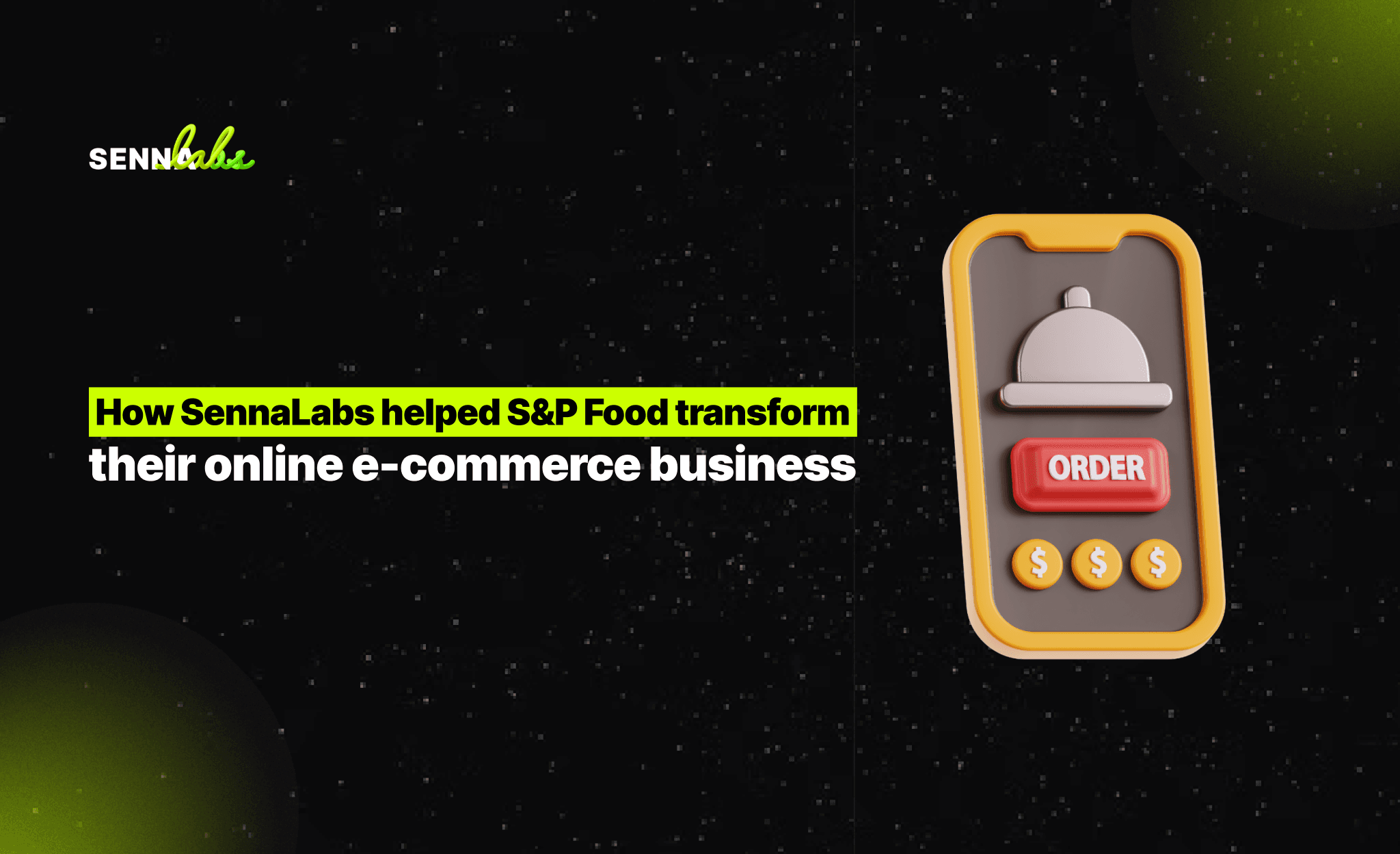How to Place Keywords in Meta Tags Naturally

When it comes to on-page SEO, one of the most important—and often misunderstood—areas is keyword placement in meta tags. While it’s crucial to include target keywords in your meta title and meta description, how you use them can make the difference between better rankings or being penalized for keyword stuffing.
The goal is simple: include keywords where they matter without sacrificing clarity or user experience.
In this article, we’ll walk through how to insert keywords into meta tags effectively, the common mistakes to avoid, and how one real estate site improved its rankings by simply refining its title tag.

Why Keyword Placement in Meta Tags Matters
Meta tags help search engines understand what your page is about. When keywords appear in key locations like the meta title and meta description, it reinforces topical relevance for specific search queries.
Strategic keyword placement:
-
Increases your chances of ranking for relevant terms
-
Helps Google bold keywords in search snippets, improving click-through rate
-
Makes your page more compelling to searchers who are scanning results
But just adding keywords isn’t enough. Google favors natural language—not robotic or spammy titles. The trick is to blend keywords in a way that reads well for humans and still communicates effectively to search engines.
Real Use Case: Real Estate Site Boosts Rankings with Smarter Titles
A real estate website offering condominium listings across Bangkok wanted to improve search visibility for high-intent queries like “condos near BTS.”
The challenge:
Their original meta title was vague:
“Explore Bangkok Condos – Affordable Listings Available”
This didn’t target a specific keyword and didn’t highlight location or price—two top concerns for buyers.
What they changed:
They updated the title to:
“Condos Near BTS from 1.5M – Register Now”
The result:
-
The page jumped from page 2 to page 1 on Google for several target terms, including “condos near BTS” and “condos under 2 million Bangkok.”
-
CTR improved due to the price anchor and urgency in the CTA.
-
Leads and inquiry forms on the page increased within the month.
Best Practices for Natural Keyword Placement in Meta Tags
1. Start With the Right Keyword
Before writing anything, know the keyword(s) you're targeting. Use keyword research tools like Google Keyword Planner, Ahrefs, or Ubersuggest to find high-volume, low-competition phrases relevant to your page.
For example:
-
Primary: “condos near BTS”
-
Variations: “BTS condo Bangkok,” “condo near skytrain,” “condo 1.5M Bangkok”
2. Include the Primary Keyword in the Meta Title (Preferably at the Start)
Google gives more weight to keywords that appear early in the title. Placing your keyword near the beginning shows relevance immediately.
Example:
-
Better: “Condos Near BTS – Affordable Units in Bangkok”
-
Not as effective: “Find Affordable Units in Bangkok – Condos Near BTS”
Also, keep it under 60 characters to avoid truncation in search results.
3. Make the Title Readable and Actionable
Your meta title should appeal to human users just as much as it signals relevance to search engines.
Tips:
-
Use numbers or price points: “from 1.5M,” “Top 10”
-
Add urgency or benefits: “Book Now,” “Limited Offers,” “Pet-Friendly”
-
Avoid repeating the keyword unnaturally
Good example:
“Condos Near BTS from 1.5M – Pet-Friendly & Move-In Ready”
4. Use the Keyword Once in the Meta Description (Not More)
While meta descriptions don’t influence rankings directly, they impact CTR, and Google often bolds matched terms in the snippet.
Place the keyword toward the beginning of the description and write it like a natural sentence.
Example:
-
“Looking for condos near BTS? Discover modern, affordable units starting from 1.5M—schedule a viewing today.”
This reads smoothly and aligns with search intent without sounding like a keyword dump.
5. Add a Secondary or Long-Tail Keyword (Only If It Fits)
If space allows, include a variation of your primary keyword in the description—but only if it sounds natural.
Example:
-
Primary: “condos near BTS”
-
Long-tail: “Bangkok condos under 2 million”
Meta Description:
“Condos near BTS in Bangkok starting under 2 million—close to shopping, transit, and top schools.”
Mistakes to Avoid When Using Keywords in Meta Tags
-
Keyword stuffing: “Condos near BTS condos Bangkok BTS condos near station” — this is unreadable and penalized.
-
Generic keywords: “Real estate” or “housing” alone won’t help you rank in specific markets.
-
Duplicate meta tags: Repeating the same tags across pages dilutes SEO effectiveness and confuses search engines.
-
Using clickbait unrelated to the page: Titles like “Best Deals in Thailand” for a narrow condo listing create bounce risks.
How to Optimize Meta Tags at Scale
If you manage many pages (like product or property listings), consider:
-
Creating a template for meta titles with dynamic inserts (e.g., property type + location + price)
-
Using SEO plugins like Yoast or Rank Math for WordPress
-
Auditing tags regularly with Google Search Console or Screaming Frog
Helpful Tools for Keyword Placement and Meta Optimization
-
Google Search Console – See which queries your pages already rank for
-
Ahrefs / SEMrush – Find keyword opportunities and analyze competitors’ meta tags
-
SERP Simulator – Preview how your title and description will appear in Google
-
Yoast SEO – Offers readability and SEO analysis for WordPress users
Final Thoughts
Proper keyword placement in your meta tags isn’t about tricking search engines—it’s about helping them (and your users) understand what your page is about, clearly and quickly.
When you blend keywords into your titles and descriptions naturally, you:
-
Improve your chances of ranking
-
Earn more clicks
-
Deliver a better user experience before the page even loads
Don’t fall into the trap of stuffing your titles. Focus on clarity, usefulness, and alignment with search intent. With a few small tweaks, you might see big gains—just like the real estate site that moved from page 2 to page 1 with one strategic title update.


Subscribe to follow product news, latest in technology, solutions, and updates
Other articles for you



Let’s build digital products that are simply awesome !
We will get back to you within 24 hours!Go to contact us Please tell us your ideas.
Please tell us your ideas.







